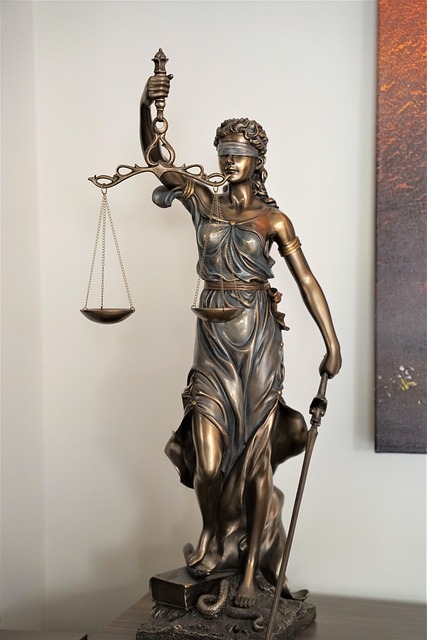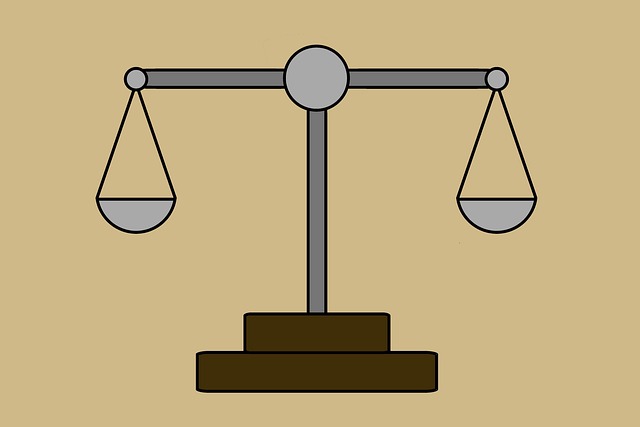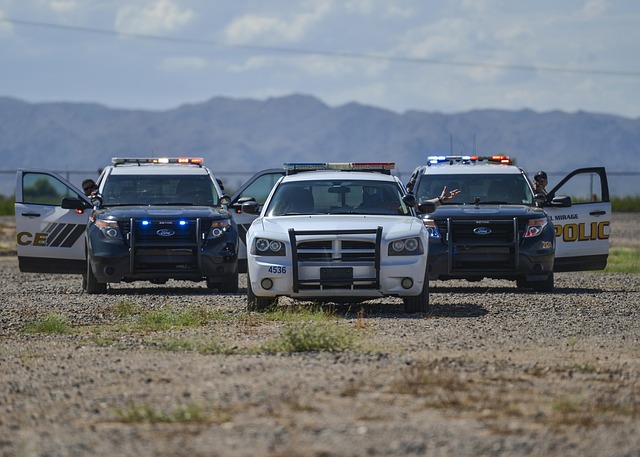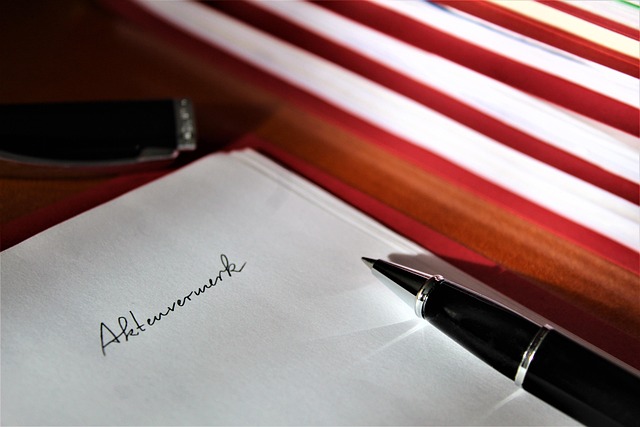Navigating complex environmental regulations litigation demands deep understanding of laws and policies aimed at planet protection. Attorneys interpret statutes, scrutinize permits, and present arguments in jury trials, adapting defenses based on unique cases. In high-stakes pollution & violation cases, strategic navigation involves identifying liabilities and crafting tailored strategies. Effective evidence collection, analysis, case management, and staying updated with legal precedents are crucial for winning defense verdicts. "How to Navigate Environmental Regulations Litigation" provides a strategic approach for navigating liability, compliance, and evidence handling in these complex matters.
In today’s world, effective criminal law enforcement demands a deep understanding of environmental regulations. This comprehensive guide explores crucial aspects of navigating complex legal landscapes in environmental litigation. From grasping the intricate frameworks governing pollution control to mastering evidence collection and strategic case management, this article provides essential insights. Learn how to identify liability in pollution cases, navigate permitting procedures, and employ effective litigation tactics. Discover key strategies for success in How to Navigate Environmental Regulations Litigation.
- Understanding Environmental Law Frameworks
- Identifying Liability in Pollution Cases
- Navigating Permitting and Compliance Procedures
- Strategies for Evidence Collection & Analysis
- Effective Litigation Tactics & Case Management
Understanding Environmental Law Frameworks

Navigating Environmental Regulations Litigation requires a deep understanding of the intricate web of laws and policies designed to protect our planet. Environmental law frameworks encompass a broad spectrum of regulations, from pollution control measures to habitat preservation standards, each with its own set of enforcement mechanisms. To excel in this legal domain, practitioners must master the art of interpreting these complex statutes and their applications in various contexts, especially in high-stakes cases where winning challenging defense verdicts hinges on precise legal strategies.
The process involves meticulous analysis of permits, compliance certifications, and regulatory agency decisions. In jury trials, attorneys play a pivotal role in presenting compelling arguments that defend against allegations of environmental violations while ensuring adherence to the law. By staying abreast of legislative changes and case precedents, legal professionals can craft robust defenses tailored to each unique situation, ultimately shaping the outcome in these critical matters.
Identifying Liability in Pollution Cases

In pollution cases, establishing liability is a complex task that demands a deep understanding of environmental regulations and legal precedents. How to Navigate Environmental Regulations Litigation involves meticulously tracing the path of responsibility, often spanning multiple entities and activities. The first step is to identify the relevant laws and standards applicable to the specific case, ensuring compliance with all stages of the investigative and enforcement process. This includes reviewing permits, licenses, and environmental impact assessments to pinpoint potential violations.
Once these foundational elements are in place, attorneys must analyze the facts to determine who bears liability for the pollution. Whether it’s a corporate entity, government agency, or individual, the focus is on understanding their roles, duties, and potential negligence or intentional misconduct. For his clients, this methodical approach ensures a robust defense strategy, leveraging general criminal defense principles while adhering to the intricate web of environmental regulations.
Navigating Permitting and Compliance Procedures

Navigating complex environmental regulations is a critical aspect of criminal law enforcement, especially when dealing with high-stakes cases. The process involves understanding and adhering to stringent rules aimed at protecting the environment from harm caused by industrial activities. Companies and individuals must ensure they obtain all necessary permits before initiating any project that could have potential ecological impacts. This includes thorough assessments and compliance with local, state, and federal environmental protection agencies.
Effective navigation of these procedures requires a deep understanding of legislation and regulatory frameworks. Legal professionals play a pivotal role in guiding clients through this process, ensuring they meet all legal obligations to avoid indictments. By staying informed about changing regulations and employing strategic planning, entities can minimize risks associated with environmental litigation, fostering a harmonious relationship between business operations and the preservation of our planet, while also engaging the support of both the philanthropic and political communities.
Strategies for Evidence Collection & Analysis

In navigating complex criminal cases, particularly those involving Environmental Regulations Litigation, effective evidence collection and analysis are paramount. This process involves a meticulous approach, adhering to stringent legal standards while ensuring every piece of evidence is properly documented and preserved. Professional investigators play a crucial role in this stage, employing advanced techniques like digital forensics to uncover hidden data, enhancing the prosecution’s case.
By following best practices throughout all stages of the investigative and enforcement process, law enforcement agencies can strengthen their strategies. This includes utilizing modern technologies for evidence analysis, meticulously documenting each step, and staying updated with legal precedents related to environmental crimes. Mastering these skills is essential in winning challenging defense verdicts and avoiding indictment, ultimately ensuring justice is served effectively.
Effective Litigation Tactics & Case Management

Effective litigation tactics and case management are crucial for navigating environmental regulations and achieving favorable outcomes in court. When dealing with complex cases involving white-collar and economic crimes, understanding the intricacies of the law and regulatory framework is essential. A strategic approach begins with meticulous case preparation, ensuring all relevant documents, data, and expert opinions are assembled. This comprehensive strategy allows attorneys to anticipate opposing arguments and develop robust responses.
For successful environmental litigation, efficient case management is key. This includes staying abreast of legislative changes, regulatory updates, and judicial interpretations that may impact the case. By employing innovative discovery techniques and utilizing digital tools for document review, legal teams can efficiently manage voluminous evidence, especially in general criminal defense matters involving corporate and individual clients. Such methods streamline the litigation process, enabling attorneys to focus on crafting compelling legal arguments and achieving positive resolutions.
In navigating environmental regulations litigation, understanding the intricate web of criminal law enforcement is paramount. By comprehending the legal frameworks, identifying liability in pollution cases, and employing effective strategies for evidence collection, permitting procedures, and case management, legal professionals can successfully guide clients through complex environmental disputes. Integrating these key elements ensures a robust defense or prosecution strategy, ultimately shaping the outcome of litigation involving critical environmental issues. For practitioners delving into this domain, staying abreast of regulatory changes and refining skills in evidence analysis is essential to become adept navigators in the realm of environmental law enforcement.






